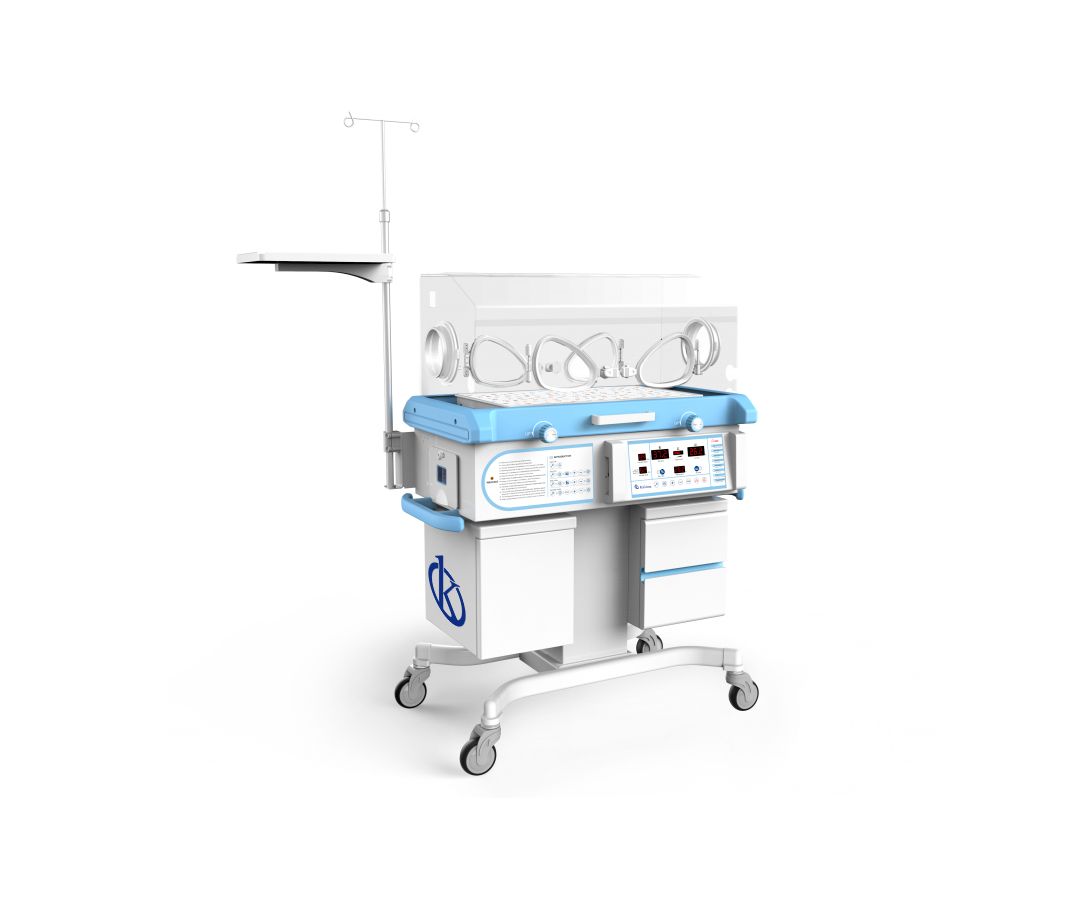A neonatal incubator is a medical device used mainly to generate an environment in which different variables important for the development of newborns are controlled. This team arose due to the constant deliveries of premature babies, which, without an adequate means that will simulate their mother’s womb, were at risk of dying.
What is the purpose of a neonatal incubator?
Initially, the incubators only met the basic needs of the newborns, by controlling variables such as temperature, humidity and luminosity. Its design was simple, although its handling was complex for medical personnel, which implied a lot of attention and constant checking. As the incubator became the main means for the care of newborns, a great demand for it arose in the health sector.
Gradually, work has been done to improve aspects such as design, security, precise control of variables, among others; For this reason, in recent years, Biomedical Engineering has focused on the development of technology for these incubators, so that each newborn has a better chance of surviving and its development is optimal, at the same time that healthcare personnel are able to manage relatively simple of medical variables.
Today, neonatal incubators can be found in virtually every hospital and clinic; these are becoming safer and easier to control by medical personnel.
How is a neonatal incubator made?
It is important to note that each of the mechanical and physical components that make up the incubator, as well as the sensors that measure the different variables, must be synchronized and in perfect working order so that the neonate’s microenvironment is not altered. Two fundamental components of a neonatal incubator are the dome and the chassis. The cupola is essential to maintain the necessary means for the neonate. For its part, the chassis contains the power source and the sensors that alert in case of failure, for the protection of the newborn.
The cover or dome is responsible for isolating the baby and creating a barrier between the external environment and the microenvironment generated by the incubator; This means that it protects it from situations such as drafts, low temperatures, among others. The cover must meet certain special characteristics; It must allow the baby’s visibility and be made of a material that does not react with oxygen, to avoid corrosion in cases where oxygen therapy is necessary.
Generally, an acrylic material is used that contains a certain percentage of polypropylene and other polymers, and is approximately 6 mm thick, sufficient to isolate the external environment from the incubator microenvironment.
The dome must have different access doors to facilitate the care of the newborn, minimize the loss of temperature and, in general, avoid sudden changes in the internal environment and the least contact with the external environment. The incubators have two front doors, two side doors and two rear doors, each one covered by a special plastic to reduce heat loss; in addition, they have a large door in the front, where the baby is introduced.
The chassis is the metal base of the incubator. In it are the different sensors and the power source, and above it the mattress holder is located.
At Kalstein we are MANUFACTURERS and we offer you new neonatal incubators at the best PRICES on the market. So we invite you to take a look at the Products menu. HERE


